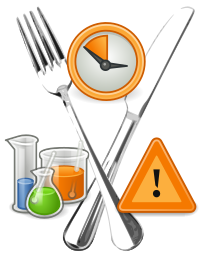
Photo from wikipedia
Abstract Soil living mites have large potential as biocontrol agents against soil-dwelling pests, but little is known about their ecological and ecophysiological responses to cold. We investigated the interactive effects… Click to show full abstract
Abstract Soil living mites have large potential as biocontrol agents against soil-dwelling pests, but little is known about their ecological and ecophysiological responses to cold. We investigated the interactive effects of acclimation temperature and time on cold tolerance in the laelapid mite Gaeolaelaps aculeifer Canestrini after exposure to 5, 10, 15, or 20 °C for 1, 4, or 8 days. Another group of mites were subjected to simulated winter by gradually lowering the temperature from 20 to 0.8 °C during three months, while measuring tolerance to −2 and −5 °C as well as supercooling point and melt onset temperature of body fluids at start (20 °C; “summer”), at 5 °C (“autumn”), and at 0.8 °C (“winter”). A third group was kept at constant 10 °C as a constant mild cold comparison. We found a strong interaction between exposure temperature and time on cold tolerance, with rapid cold hardening after 24 h at 5 °C but increasing cold acclimation at 10 °C. During simulated winter, tolerance to −2 °C was high after two months at 4.1 °C, but then decreased to intermediate levels after another month at 0.8 °C. The supercooling point did not change over the simulated winter, but melt onset temperature was lowered after 0.8 °C exposure. Mites preyed and reproduced readily following simulated winter, but at lower rates than if kept at constant 10 °C. Our study indicates that G. aculeifer can overwinter following release, and suggests that cold storage is advantageous before inoculative release in early spring.
Journal Title: Biological Control
Year Published: 2019
Link to full text (if available)
Share on Social Media: Sign Up to like & get
recommendations!